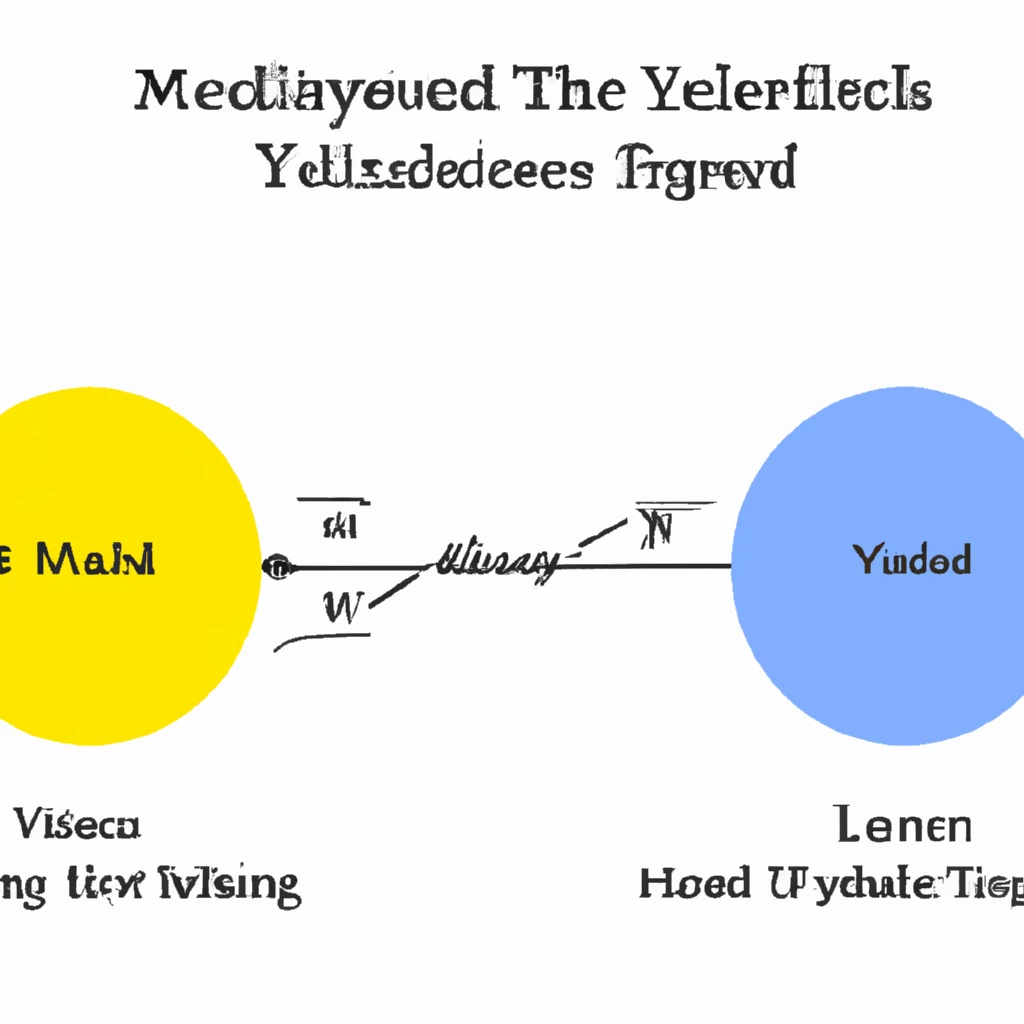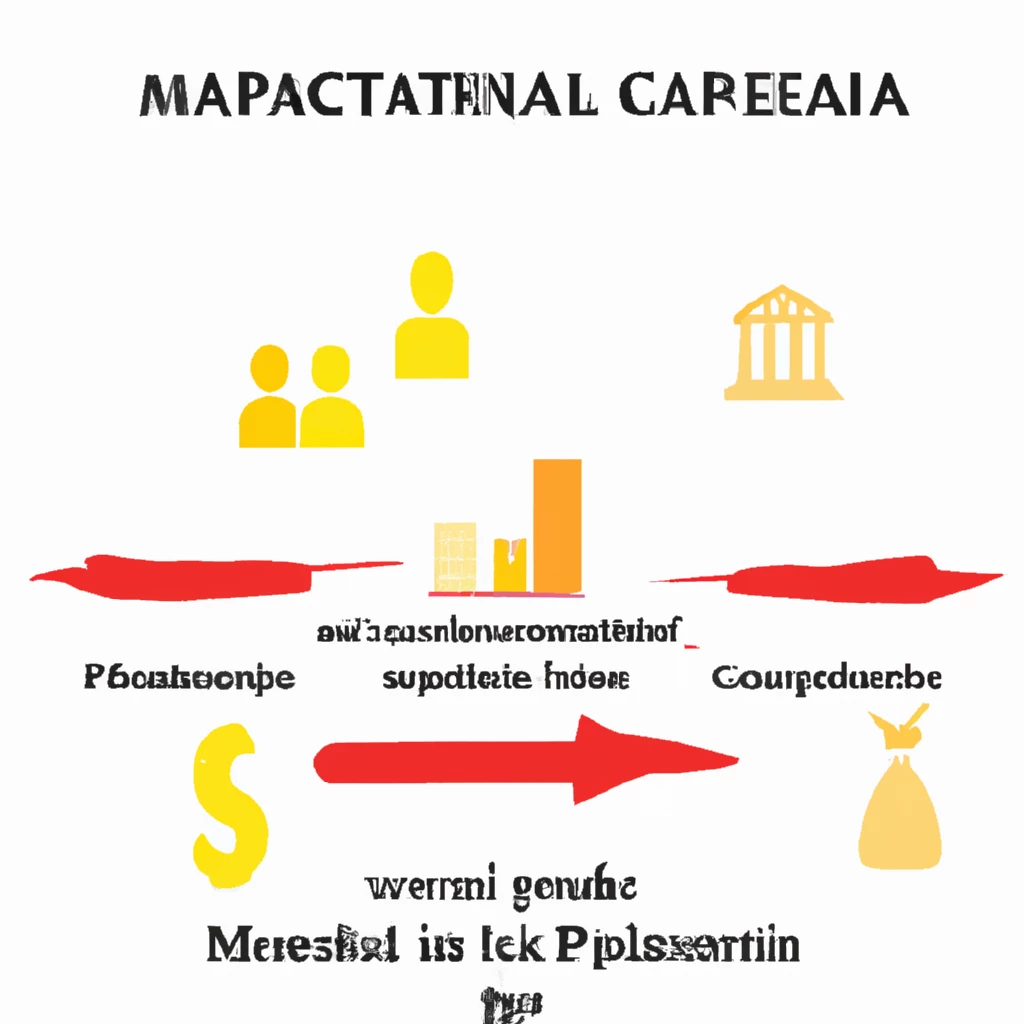
Understanding Yield Basis
Yield basis is a method used to express the price of fixed-income securities, like bonds, as a percentage yield rather than a dollar amount. This approach facilitates easy comparison of bonds with different characteristics. The calculation involves dividing the annual coupon payment by the bond’s purchase price.
Key Points to Note:
- The yield basis method presents the price of fixed-income securities, such as bonds, in terms of a yield percentage rather than a monetary value.
- It aids bond buyers in comparing various bonds effectively before making investment decisions.
- The yield quote indicates to traders whether a bond is currently trading at a discount or premium relative to other bonds in the market.
- Purchasing a bond on a net yield basis includes the broker’s profit or markup in the yield calculation for executing the trade.
Calculating Yield Basis
While stock prices are quoted in dollars, bonds typically use a yield basis for quoting. For instance, consider a bond with a 6.75% coupon rate and a maturity period of 10 years, trading at $940 against its $1,000 par value.
The yield basis can be computed using the formula: Coupon / Purchase Price.
As an example, with a $67.50 annual coupon payment (6.75% x $1,000), and a purchase price of $940, the yield basis would be $67.50 / $940 = 0.0718, or 7.18%. Hence, investors would see this bond quoted with a yield basis of 7.18%.
The yield quote serves as a signal to bond traders, indicating whether a bond is trading at a discount or a premium relative to its coupon rate. Comparisons can be made within the bond market segment to gauge attractiveness.
Bank Discount Yield
The bank discount yield formula is employed for calculating the yield basis of pure discount instruments. The formula is: r = (Discount / Par Value) x (360/t) where r = Annualized Yield, Discount = Par value minus purchase price, t = time to maturity, and 360 = Bank convention for days.
Bank discount yield differs from current yield as it uses the discount value from par compared to the bond’s current price. This method assumes simple interest without compounding and is commonly used for Treasury bills.
For instance, if a Treasury bill with a face value of $1,000 is selling for $970 with 180 days to maturity, the yield basis would be calculated as r = [($1,000 – $970) / $1,000] x (360 / 180) = ($30 / $1,000) x 2 = 0.06 or 6%.
With no coupon payment, Treasury bill holders earn a dollar return equal to the discount upon maturity.
Special Considerations
It’s crucial for bond investors to distinguish between yield basis and net yield basis when making purchases. Net yield includes the broker’s profit or markup, which could be a flat commission or embedded in the bond price. Understanding this difference is essential to estimate the true cost of the investment.
Brokers might offer bonds on a net yield basis, incorporating their profit into the price without additional charges. This approach simplifies the transaction process by presenting the final cost upfront.
When evaluating bond options, buyers should clarify with brokers if the bonds are on a net yield basis or if additional fees apply. Transaction costs may also include accrued interest between the last payment and settlement date, influencing the overall investment expenses.







